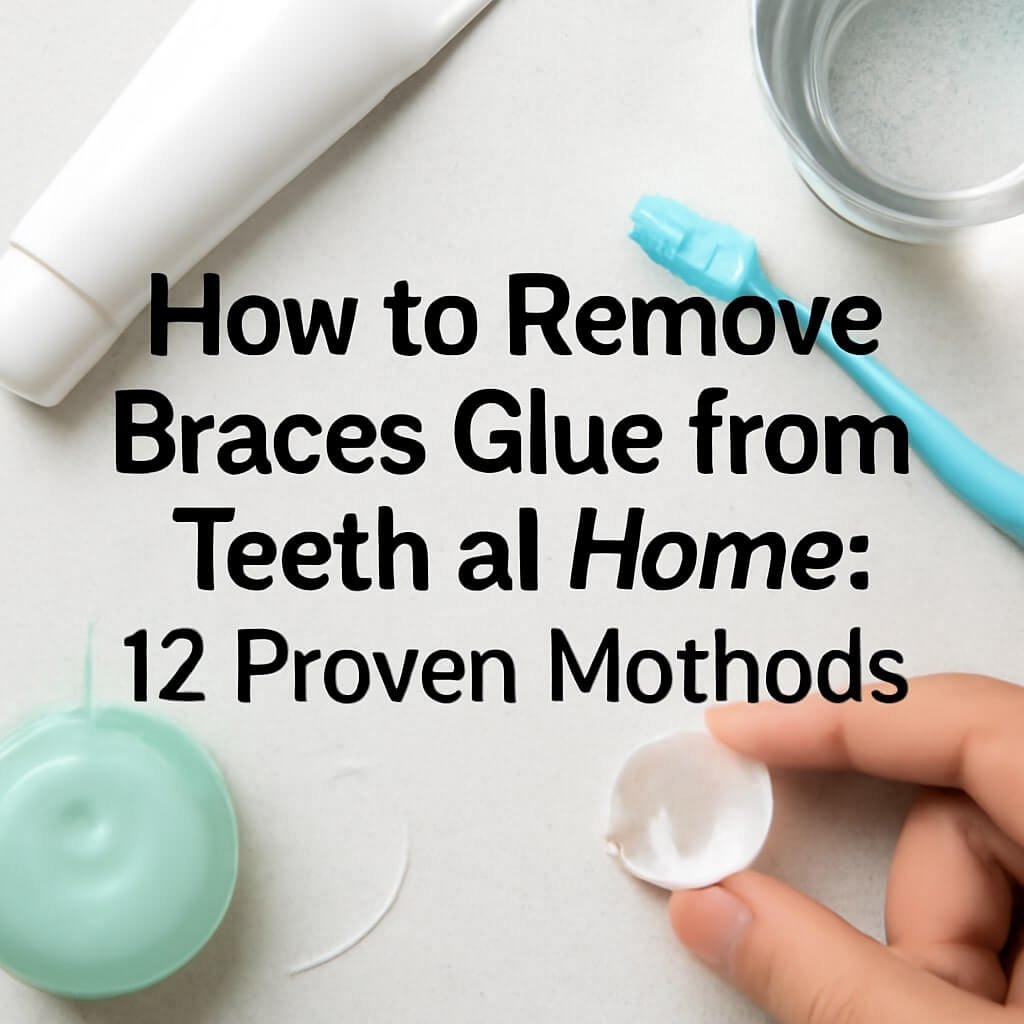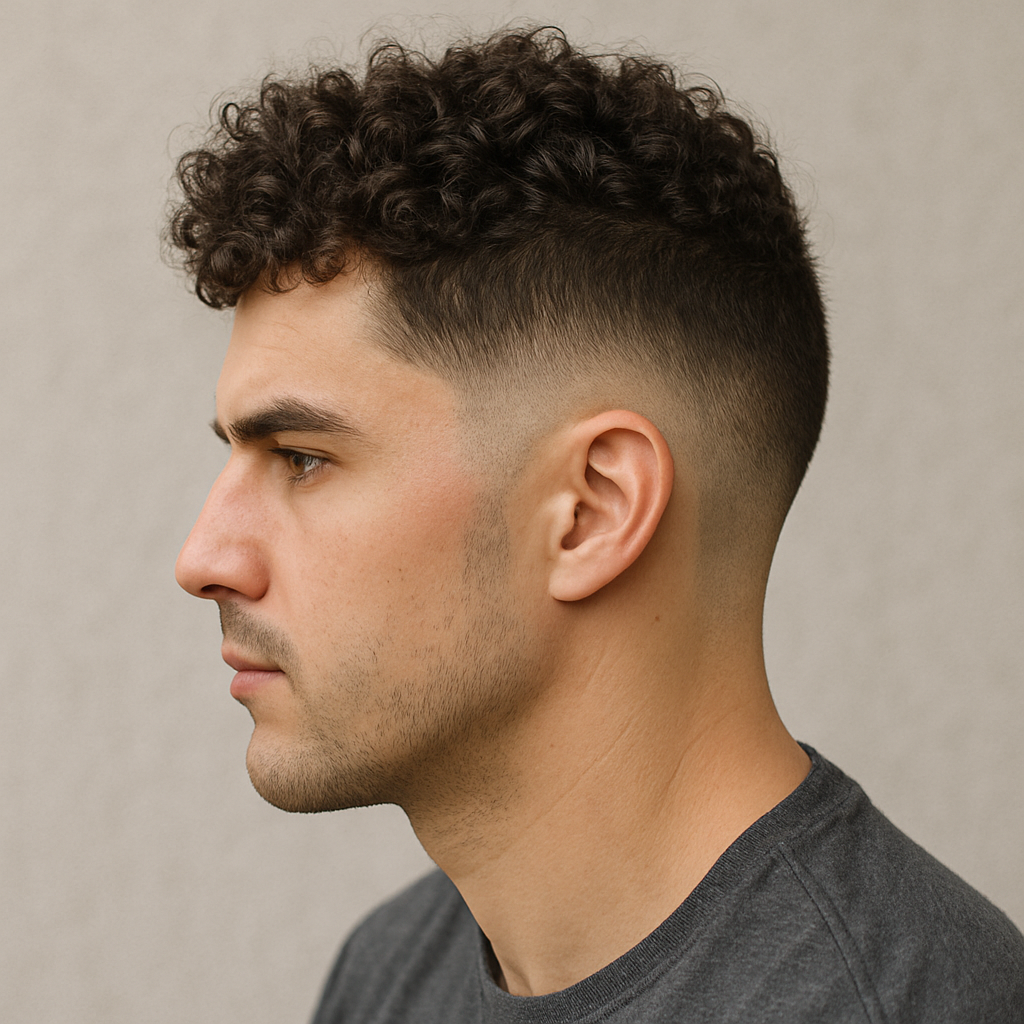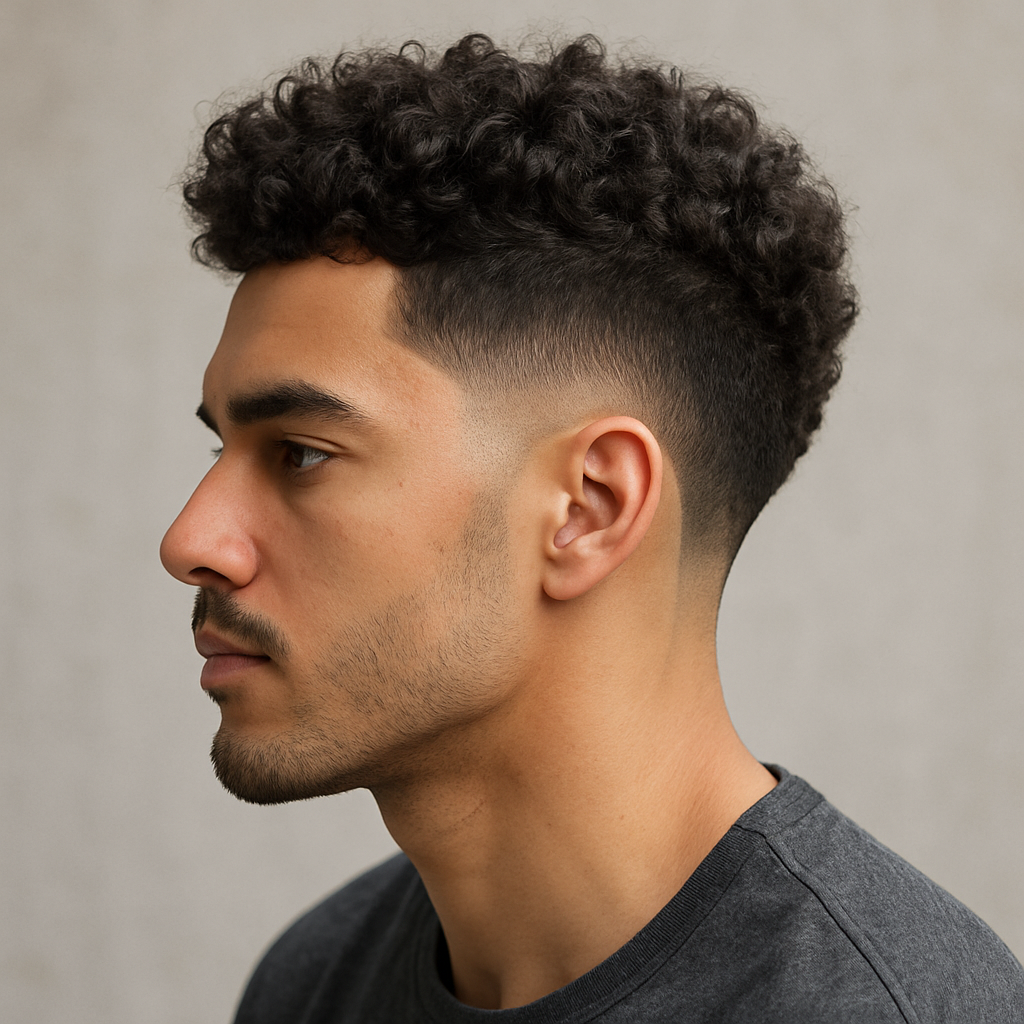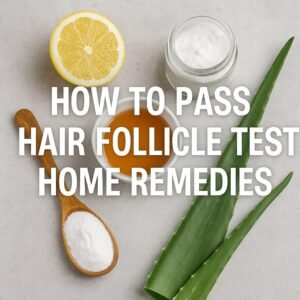If you’ve recently had your braces taken off, you might notice a stubborn residue left behind—commonly known as braces glue or dental adhesive. This sticky substance bonds the brackets to your teeth during orthodontic treatment. While professional removal is ideal, many seek safe and effective ways to remove braces glue from teeth at home.
In this article, we’ll explore 12 proven methods to help you remove braces glue at home safely and effectively. We’ll also provide tips on maintaining oral hygiene post-removal and common mistakes to avoid. By the end, you’ll clearly understand how to tackle this sticky issue with confidence.
Understanding the Composition of Braces Glue
Braces glue is primarily made from a type of dental composite resin. It is designed to be strong enough to hold brackets firmly in place throughout the treatment, but safe to remove afterwards. This resin is chemically cured and hardens on the tooth surface, making it durable yet sometimes difficult to remove.
Because of its tough composition, removing braces’ glue requires gentle care to avoid damaging your enamel or gums. Knowing what’s in the glue can help you choose the right removal technique.
Why You Should Be Cautious When Removing Braces Glue
Attempting to remove the braces’ glue without the proper knowledge or tools can lead to several issues. Improper scraping or using harsh chemicals can damage your tooth enamel, cause gum irritation, or even lead to tooth sensitivity.
Moreover, incomplete removal may leave behind patches of glue that can trap bacteria, leading to decay or discolouration. For this reason, it’s essential to approach glue removal carefully, using gentle and tested methods.
Essential Tools Needed to Remove Braces Glue at Home
Before diving into the removal methods, here are some common tools you might want to have on hand:
- Soft-bristle toothbrush
- Dental floss
- Cotton swabs
- Small bowl of warm water
- Baking soda
- Hydrogen peroxide (3% solution)
- Orthodontic wax
- Soft rubber dental pick or interdental brushes
- Ice cubes
- Nail polish remover containing acetone (use with caution)
Having these items ready will help you try different methods safely.
Step-by-Step Guide: Removing Braces Glue Safely at Home
Here are the 12 proven methods you can try at home, starting with the gentlest and safest:
Method 1: Using Warm Water and a Soft Bristle Toothbrush
Start by rinsing your mouth with warm water to soften the glue. Use a soft-bristle toothbrush to gently brush the glue residue in circular motions. This method is safe and ideal for light glue remnants.
Method 2: Applying Dental Floss
Use dental floss to clean between your teeth and loosen glue stuck in hard-to-reach places. Be gentle to avoid injuring your gums.
Method 3: Using Oil Pulling Technique
Swish a tablespoon of coconut or sesame oil around your mouth for 10-15 minutes daily. Oil pulling can help loosen glue and improve oral hygiene.
Method 4: Using Baking Soda Paste
Mix baking soda with a small amount of water to make a paste. Apply it to the glue residue and brush gently. Baking soda acts as a mild abrasive to help remove glue without harming enamel.
Method 5: Applying Hydrogen Peroxide Solution
Dilute hydrogen peroxide with equal parts water and use it as a mouth rinse. The mild bleaching effect can help break down glue particles. Avoid swallowing and do not use excessively.
Method 6: Using Orthodontic Wax to Loosen Glue
Apply orthodontic wax to the glue and let it sit for a few minutes. The wax may soften the glue, making it easier to remove with a brush.
Method 7: Using a Soft Rubber Dental Pick
A soft rubber dental pick can be used to carefully scrape off glue. Avoid sharp tools that can damage enamel or gums.
Method 8: Employing Ice Cubes for Glue Hardening
Chewing on ice cubes or applying them directly to the glue can make it brittle and easier to chip away gently.
Method 9: Using Acetone (Nail Polish Remover) Safely
Acetone can dissolve dental resin, but it must be used with extreme caution. Apply a tiny amount on a cotton swab and gently dab on the glue, avoiding contact with gums or lips. Rinse thoroughly afterwards.
Method 10: Consulting Your Orthodontist
If home methods don’t work or you’re uncomfortable attempting removal, visiting your orthodontist is the safest option. Professionals have specialised tools and techniques to remove glue without harm.
Preventing Braces Glue Residue After Removal
To minimise glue residue, follow these tips during your orthodontic treatment:
- Maintain regular dental check-ups
- Follow your orthodontist’s instructions closely
- Use recommended oral hygiene products
- Avoid sticky or hard foods that may worsen the glue buildup
Maintaining Oral Hygiene After Glue Removal
Once the glue is removed, keeping your teeth healthy is vital. Brush twice daily with fluoride toothpaste, floss regularly, and consider using an antibacterial mouthwash. Proper care helps prevent stains or decay after glue removal.
Common Mistakes to Avoid When Removing Braces Glue at Home
Avoid these pitfalls:
- Using sharp or metal objects that can scratch enamel
- Applying harsh chemicals without guidance
- Rushing the process, leading to incomplete removal or injury
- Ignoring professional advice when necessary
Frequently Asked Questions (FAQs)
1. Is it safe to remove braces’ glue at home?
Yes, with gentle methods like brushing, flossing, or using baking soda paste, but avoid harsh chemicals or sharp tools. Consulting an orthodontist is recommended if unsure.
2. How long does it take to remove braces glue at home?
It varies depending on glue thickness and method, but typically, a few days to a week of gentle care.
3. Can braces glue damage my teeth?
If removed improperly, yes. It can scratch enamel or irritate gums, so careful removal is essential.
4. Will braces glue stain my teeth?
It can sometimes cause discolouration if residue remains, especially with poor oral hygiene.
5. Can I use nail polish remover to remove braces glue?
Acetone in nail polish remover can dissolve glue, but should be used cautiously and sparingly to avoid harming soft tissues.
6. When should I see a dentist for braces glue removal?
If the glue is stubborn, causes pain, or home methods fail, seek professional removal to ensure safety.
Conclusion: Safe and Effective Ways to Remove Braces Glue
Removing braces’ glue at home is possible using a variety of gentle methods like brushing with warm water, oil pulling, baking soda paste, and more. Always prioritise safety by avoiding harsh tools or chemicals, and consult your orthodontist if needed.
With patience and care, you can restore your smile’s natural look while maintaining optimal oral health.













